


Students and parents who are familiar with Canadian universities know that although other provinces have excellent universities such as UBC and McGill University, in the overall application plan, nobody can ignore the well-known universities in Ontario.
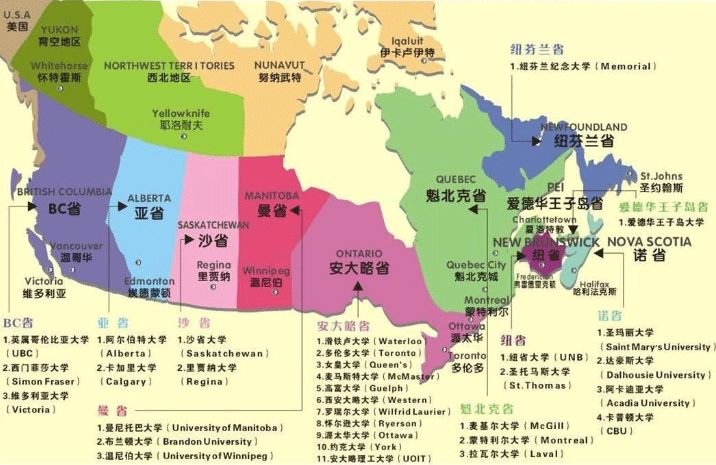
No Matter where the student is or what kind of system the high school is under, if you want to apply for undergraduate programs at Universities in Ontario, you must use the OUAC system. Regarding how to apply for an Ontario university through the OUAC system, Cestar High School gave a detailed introduction in the university application lecture. Students who missed it can contact the teachers of Cestar High School for consultation.

After entering the OUAC system, it is easy to find that the main majors of universities need to be applied through the channels of 101 or 105. Now, let’s take a look at the differences between these two channels and find why the easiest way for students to apply for Canadian universities is to study at a high school in Ontario at first?

Entry Criteria
Fresh students who want to apply to more than 20 universities in Ontario only need to fill in the form once in the OUAC system, and the two channels 101 and 105 are used to distinguish different applicants.
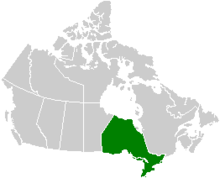
OUAC 101
If a student wants to apply for Ontario universities through the OUAC 101 channel, all the following requirements must be met:
OUAC 105
A student can apply for Ontario universities through the OUAC 105 channel when any of the following requirements be met:
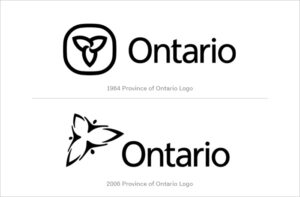
After carefully reading the instructions on the OUAC official website, a clear conclusion can be drawn:
The 101 channel is suitable for fresh high school graduates who have an OSSD course graduation certificate;
The 105 channel is suitable for high school graduates who do not have an OSSD course graduation certificate and previous OSSD graduates.
Whether it is possible to enter the OUAC 101 channel, the core is whether the student graduated with an OSSD, not the student’s nationality.
By reviewing the interface description of the two channels on the OUAC official website, the core differences between the two can also be clearly seen:

Some students and parents may want to ask, what does it matter which channel to choose? In the end, they are both used to apply for the same major in the same university.
Next, we will compare the specific differences between OUAC 101 and 105:
Admission ratio
Canadian education is managed by provinces and has not been industrialized. The universities are financially supported by the provincial government, and the provincial fiscal revenue is naturally provided by the taxpayers in the province. Naturally, every level of education, including universities, must first be responsible to the taxpayers of the province, and will also focus on the residents of the province.

This emphasis is most directly reflected in the actual admission ratio: 70~80% of students are recruited by OUAC 101, while OUAC 105 only recruit 20%~30% students.
International students attending high schools in Ontario, like local students, belong to Ontario high school students in the OUAC system and belong to the OUAC 101 category in Ontario university applications. These students share most of the admissions plans of Ontario universities.
Whereas, international students from other provinces of Canada have to join in the OUAC 105 category as overseas students when applying for universities in Ontario. They share the least part in the Ontario university admissions plan.
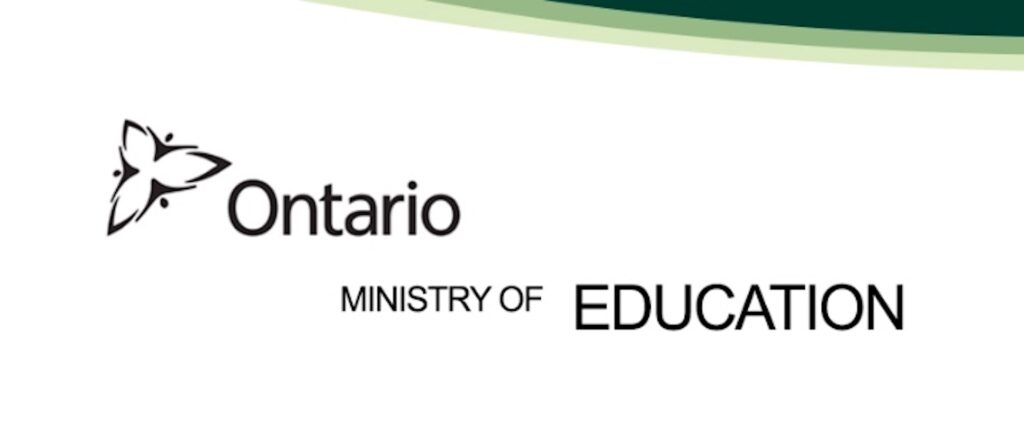
The Universities of Ontario treat the province’s high school graduates equally and has reached the level of “acceptance residence registration” regardless of whether local students or international students. This policy can be described as a local protectionist policy for higher education.
This means that international students who choose to go to high schools in Ontario can enter the 101 channel to apply for Ontario universities with less competitive pressure, more places, and a greater chance of admission. And the domestic students who can only use the 105 channel will have the least places with students from all countries in the world. The difficulty can be imagined.

Top majors orientation
The predominant majors of Canadian universities are oriented during admission, and the admission quotas for predominant majors are basically given to the 101-channel applicants. The 105-channel applicants usually need to choose between universities and majors: The general majors of prestigious universities or superior majors from universities with slightly inferior rankings.
It is very difficult to use the OUAC 105 channel to apply to universities of Ontario with both a prestigious university and a well-known major. This can also be seen in the admission offers posted by various agencies for studying abroad: there are very few students who achieve offers from advantage majors with prestigious universities such as the University of Toronto and the University of Waterloo.

Different recognition of the high school system。
The Chinese college entrance examination, the US SAT, ACT or the British A-Level, are not designed based on the syllabus and content of Ontario high schools, while the major and curriculum settings of Ontario universities are based on the curriculum design of Ontario high schools. Therefore, Ontario universities have more academic trust in Ontario’s high school syllabus and Ontario high school graduates.
The top universities in Ontario recognize high school graduates in Ontario the most. Only these students can enjoy the 101 channel. The reason is that they use the Ontario high school syllabus. Students who have obtained the OSSD diploma are the first choices for top universities led by the University of Toronto in selecting students.
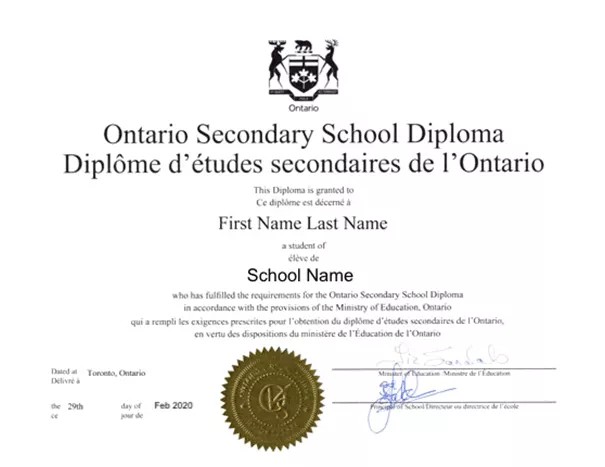
Time of opening
The OUAC 105 channel is usually opened earlier, and OUAC 101 will be later.
Ontario’s student transcripts will be automatically updated from the high school system to the OUAC 101 system, and the university admission decision will be issued quickly;
Students in the OUAC 105 channel need to send their scores by themselves, and the university admission decision is issued relatively slowly.

The important dates of OUAC 101 and 105 are attached here for the reference of 2021 applicants:
https://www.ouac.on.ca/guide/101-dates/
https://www.ouac.on.ca/guide/105-dates/
The language advantage of Ontario high schools
International students can attend Ontario high schools to join in the OUAC 101 channel for greatly increasing the chances of admission to the prestigious schools in Ontario. There is another advantage that is often overlooked —— language requirement exemption.
Canadian universities all have requirements for language, but they also have exemptions.
For students who have studied high schools in Canada for 3 years, they do not need to provide language scores such as IELTS or TOEFL when applying to some universities like the University of Ottawa, Queen’s University, Carleton University, and the University of Alberta; if the student has completed 4 years in Canadian high schools, he can directly be exempted from submitting language scores when applying to all universities in Canada.

Studying in Canada at the undergraduate level, if a student does not have extremely good scores with very rich extracurricular activities and internships, while he wants to study a great major in a prestigious university, the easiest and fastest way is to go to a high school in Ontario.

After 3-4 years of studying in Ontario high schools, while exempting language requirements, with the professional planning of the university application instructor, the background of the student can be improved, and it is not difficult to obtain an offer from a famous university in Ontario through the OUAC 101 channel.
If students have sufficient English proficiency, they should also transition to Ontario high schools for at least 1 to 2 years. On the one hand, they can enjoy the advantages of the OUAC 101 channel. On the other hand, they can also adapt to the Canadian culture and lifestyle in advance, paving the way for university studying.